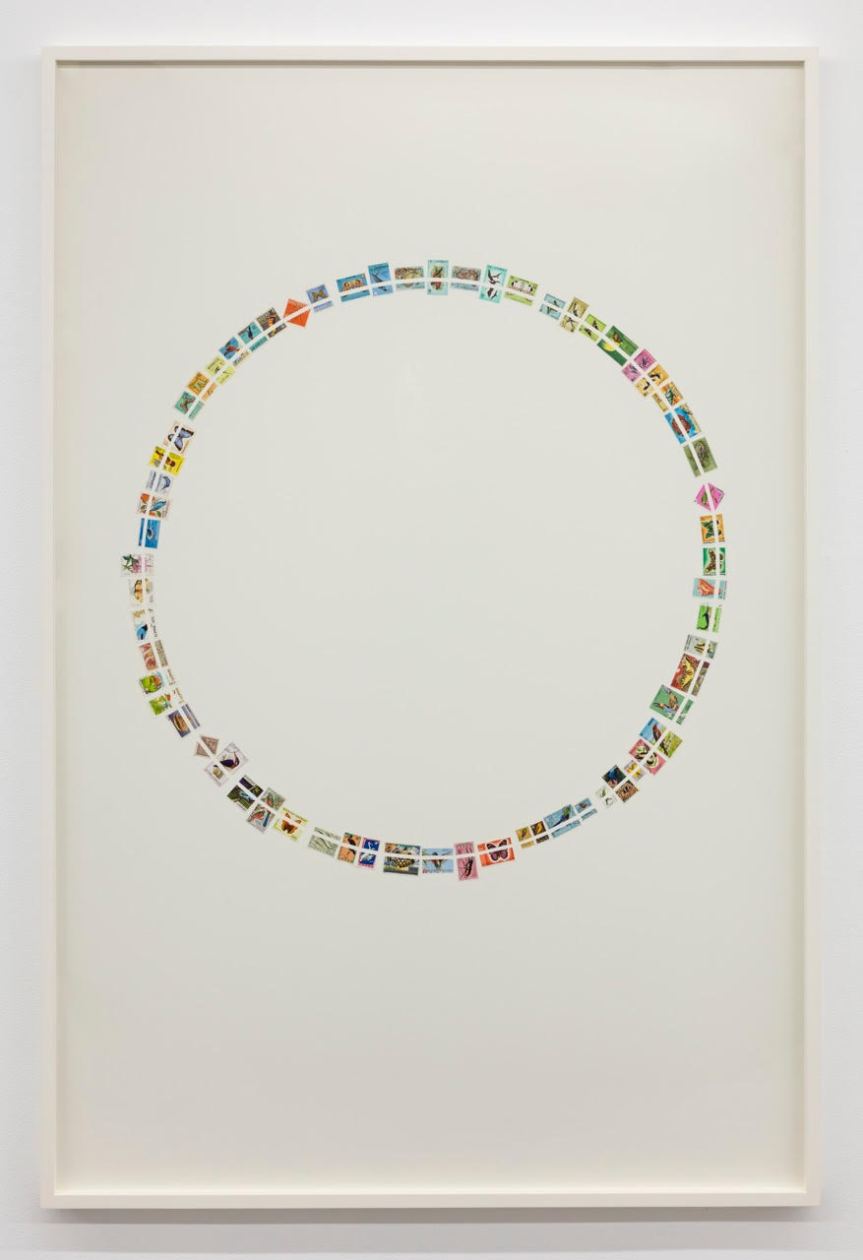The Power Plant

Hajra Waheed: Hold Everything Dear

“Hold Everything Dear” takes a single form — the spiral — as a starting point to reflect on processes of upheaval in human experience. Partly inspired by a collection of essays on survival and resistance by art critic and novelist John Berger, the works act as a meditation on undefeated despair and the possibilities for radical hope.
thepowerplant.org





Naeem Mohaiemen: What we found after you left

“Tripoli Cancelled” was shot on location at Ellinikon Airport, Athens’ former international airport which closed in 2001 when a new airport was built for the 2004 Olympic Games. After making the film, Mohaimen ran workshops in which the photographers, most too young to have ever flown from Ellinikon Airport while it was in operation, visited the airport, many for the first time, and produced their own documents of left-overs, milestones, and glimmers of a future.
thepoweplant.org

Vincent Meessen: Blues Klair

It is an alternative way to read history through colour, ultramarine referring all at once to a pigment, overseas territories, trade, colonial and slave routes.
thepowerplant.org


Rashid Johnson: Anxious Audience


Johnson’s work harnesses the rich symbolism and histories of varied materials that have personal meaning and at times are signifiers of greater African-American cultural identity.
thepowerplant.org
“Impulse” at Harbourfront Centre

As you soar through the air, you’ll activate the light and sound sequences of Impulse; thus becoming the musician and artist of your own artistic creation.
winterstationspresents.com

MOCA (Museum of Contemporary Art) Toronto
www.museumofcontemporaryart.ca

Andreas Angelidakis: DEMOS – A Reconstruction

While soft and lightweight, the modules explore powerful ideas around both architectural and colonial legacies as well as our relationship with computer coding and future technologies.
moca.ca

Age of You: An exhibition curated by Shumon Basar, Douglas Coupland and Hans Ulrich Obrist

“Age of You” is a timely exhibition about how the self has become more extreme, and what it means to be an individual today.
moca.ca

Shezad Dawood: Leviathan
Project Website: leviathan-cycle.com
“Leviathan” brings together marine biologists, oceanographers, political scientists, neurologists and trauma specialists to envision a future, which is unnervingly very much like our present, to consider possible links between borders, mental health and marine welfare.
moca.ca




















